UP TO THE MINUTE
8 Ways to Get the Most out of Your Drone Asset Inspections
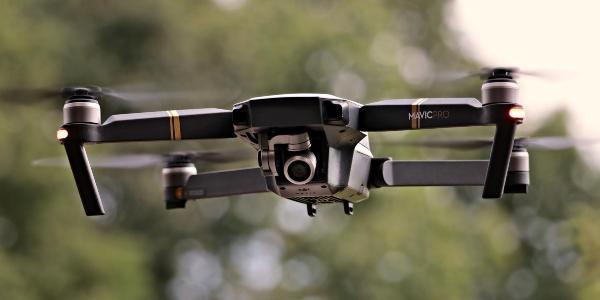
By Cass Jacoby.
The secret to unlocking the power of your UAV program and going beyond the images is the intelligent use of all that collected visual data!
Unmanned aerial vehicle (UAV) based inspections are taking the roofing industry by storm! Drone-based inspections allow inspectors and field crews to be able to perform more frequent inspections while increasing overall safety and significantly reducing cost. Plus, these inspections provide a large amount of data that manual inspections don’t. Fueled by the evolution of drone technology and the clear benefits of using unmanned aerial vehicles, it is clear that drone-based inspections will only get more popular as the years go on.
That being said, to maximize the ROI of drone inspections you need to go beyond the pictures to yield in-depth insights that can drive better decisions. In order to achieve meaningful results from your drone program you will need to manage your inspection data (images, videos, 3D models, maps, panoramas, CAD drawings and other documents) in a manner that allows you to complete precise measurements & analysis and view the information in spatial context. Optimizing your data in this way allows you to better see relationships with other data sets and is critical to gaining deeper insights from your drone footage.
So how do you get the most out of your UAV program? If you are looking to turn collected data into actionable insights and sustainable results follow these guidelines:
1 - Implement a robust data management platform
When you have a base for solid data management between all data sources, you have better analysis capabilities and can collaborate more. This means creating a single source of truth to allow data to be processed, correlated, easily accessed and shared across the organization.
Implementing a data management platform will provide the basis of a UAV program that can generate real operational improvement, reduce inspection costs and improve overall safety for years to come.
2 - Identify the specific objectives of your visual asset inspection program
Too often drone-based programs are implemented before the company identifies specific improvements they would like to achieve. Make no mistake, this is an important part of the process, since every asset type or targeted improvement requires a specific data collection method to achieve optimal results.
3 - Select the corresponding sensor type and data collection method
How you collect the data is just as important as how you analyze it. There is no such thing as “one size fits all” in data collection; images need to be collected in a way that is consistent with the desired outcome and asset type being inspected. Depending on your objective, environment and operational scenario you may need to use a thermal, LiDAR, multispectral or optical sensor.
4 - Utilize the data type best suited for the objective
It is important to use the data type that provides the most meaningful results for the desired inspection outcome. Different data types are best suited for a particular type of analysis. Standard photogrammetry, LiDAR and thermal all have their specific use cases. In cases where temperature variations can identify emerging nonvisual defects, then thermal imagery is the best choice for identifying such conditions.
5 - Employ data analysis methods that align with your objectives
When it comes to analyzing data, you want to find methods that help you find the most meaningful results. Photogrammetry or LiDAR generated 3D Point Clouds, create a “real world” Digital Twin of an asset that can allow highly accurate measurements to be performed and a variety of asset conditions to be identified and monitored.
6 - Geolocate detailed imagery and other data sources directly to the digital twin
The best results come out of multiple data sources that can be geolocated to a given asset. Having the ability to utilize a 3D model (“Digital Twin”) and align it with various data sources is key to identifying issues and yielding intelligent insights from the data.
Videos, 360° cameras and thermal imagery are all great examples of additional data sources that can help troubleshoot and diagnose asset conditions.
When you provide the necessary visualization and analysis of the data, then all stakeholders can access and utilize it to drive real outcomes. Doing so not only eliminates the need for disparate systems, but uncovers the real power of the data. Making this information accessible and understandable is key to using the data to your advantage.
7 - Utilize vision AI to automate the inspection process
AI can be used to automate the identification of critical asset failures and map it to a specific geolocation. This information makes it easy for the inspection team to schedule repairs, identify materials needed and save a significant amount of time and cost.
8 - Integrate Dispatch or Trouble Ticketing into the overall workflow.
Once you have the outcomes from the analysis, it is time to use it to equip field personnel to rapidly mitigate issues. This means employing a system that allows the pertinent inspection data, geolocation information and any other important repair and asset data to be associated with the specific dispatch event or generated trouble ticket.
Improvements will not be fully realized until this new visual data and the inspection results become a part of an end-to-end workflow. Optimizing your UAV data is all about creating a process that helps your business realize the objectives of this technology.
Conclusion
Optelos’ visual inspection platform and drone captured data produces high-resolution images and 2D and 3D models for detailed roof assessments, providing unique insights into the conditions of their roofs, as well as assisting in the planning and inventory management of new roofing construction and repair projects.
A solution is delivered through Imagine Technologies Group (ITG), which was born out of a desire to integrate visual data with existing rooftop data to help digitally transform the way rooftop assessments/takeoffs are performed and deliver even greater long-term results.
Learn more about the Imagine Technologies Group in their directory or visit www.imaginetechnologiesgroup.com.
About Cass
Cass works as a reporter/writer for RoofersCoffeeShop, MetalCoffeeShop AskARoofer and MetalCoffeeShop. When she isn’t writing about roofs, she is putting her Master degree to work writing about movies and dancing with her plants.
Recommended For You
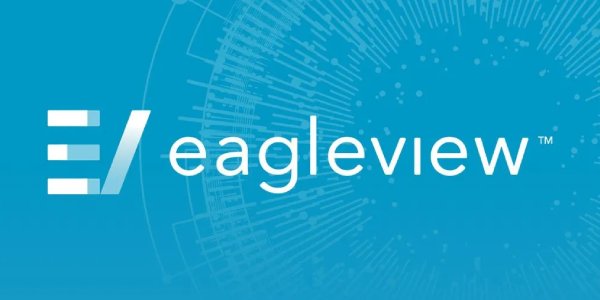
In response to Hurricane Milton, EagleView captures high-resolution aerial imagery at unmatched 1-Inch (2.54 centimeter) GSD to support immediate recovery efforts
Read More ...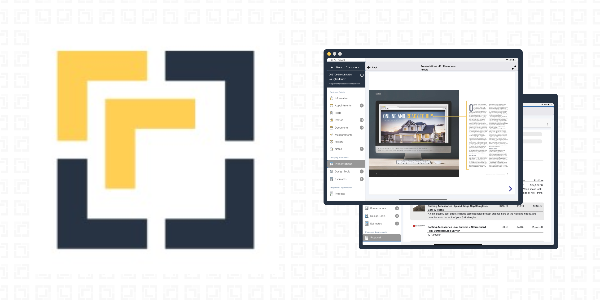
Seal the deal with stellar presentations!
Read More ...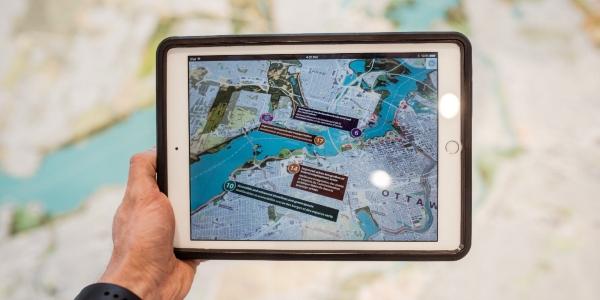
The Power of Augmented Reality (AR) in the Roofing Industry
Read More ...


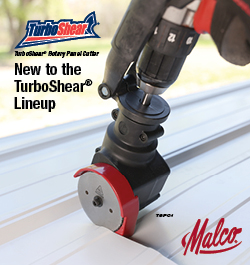













Comments
Leave a Reply
Have an account? Login to leave a comment!
Sign In